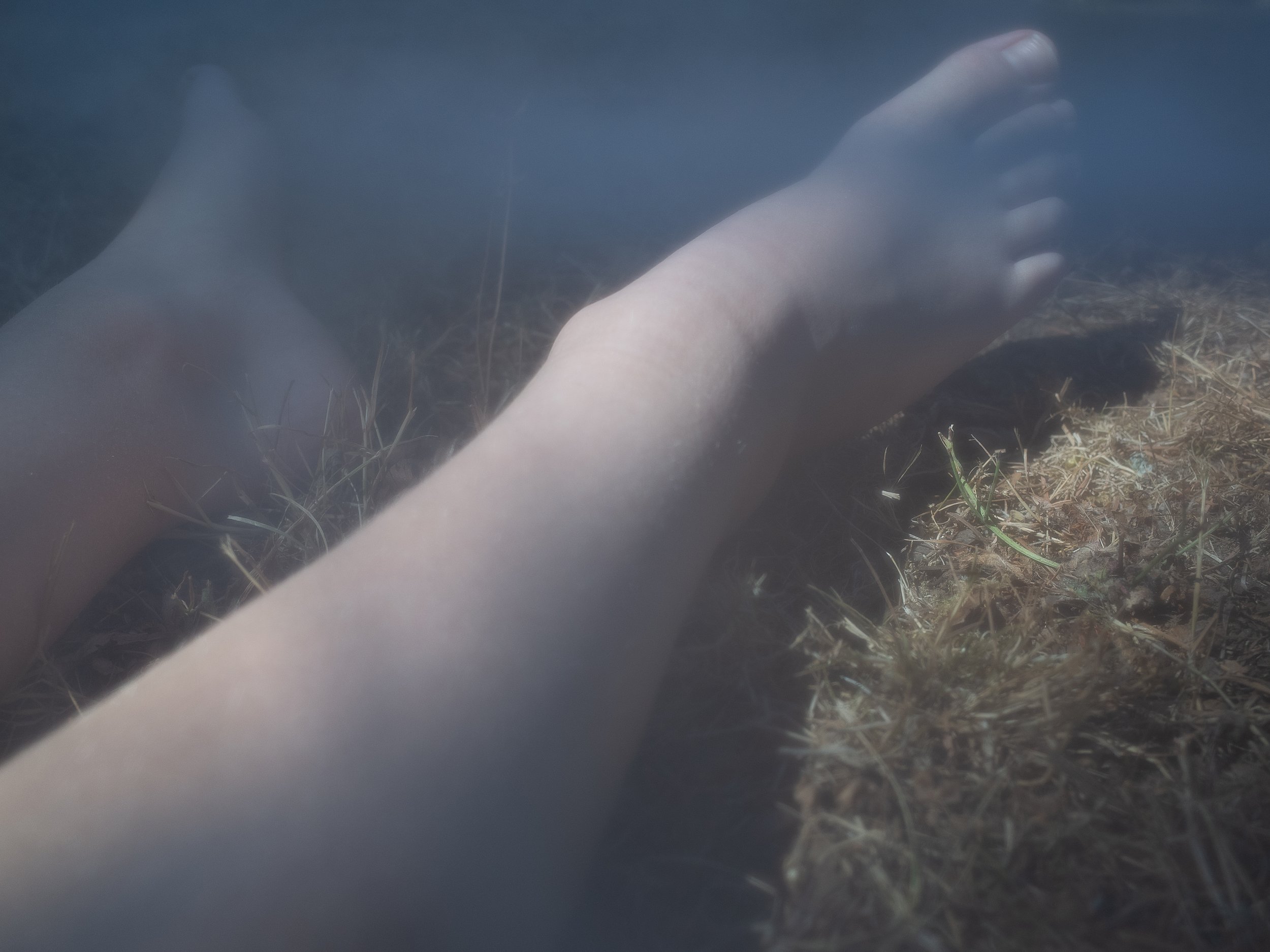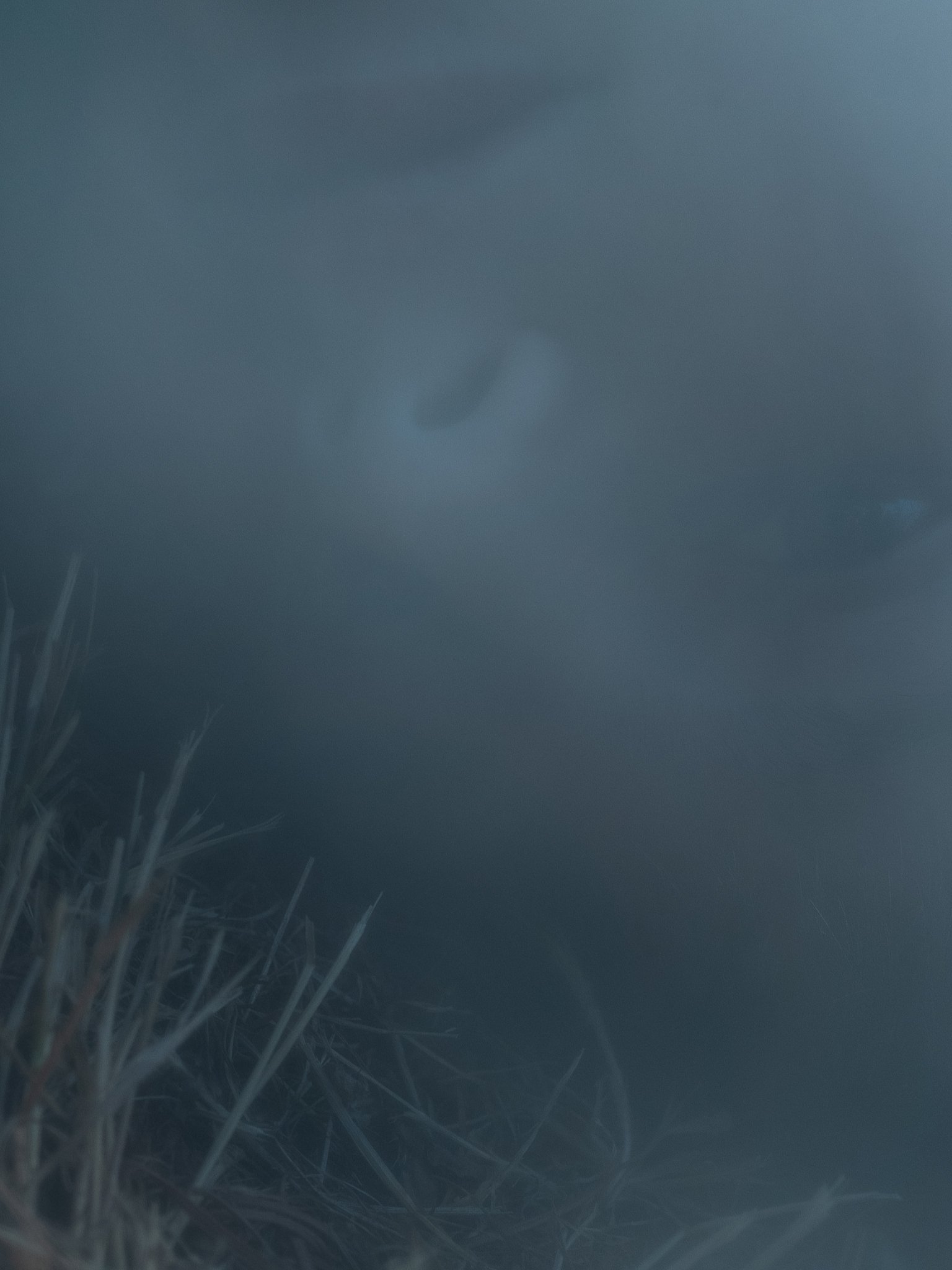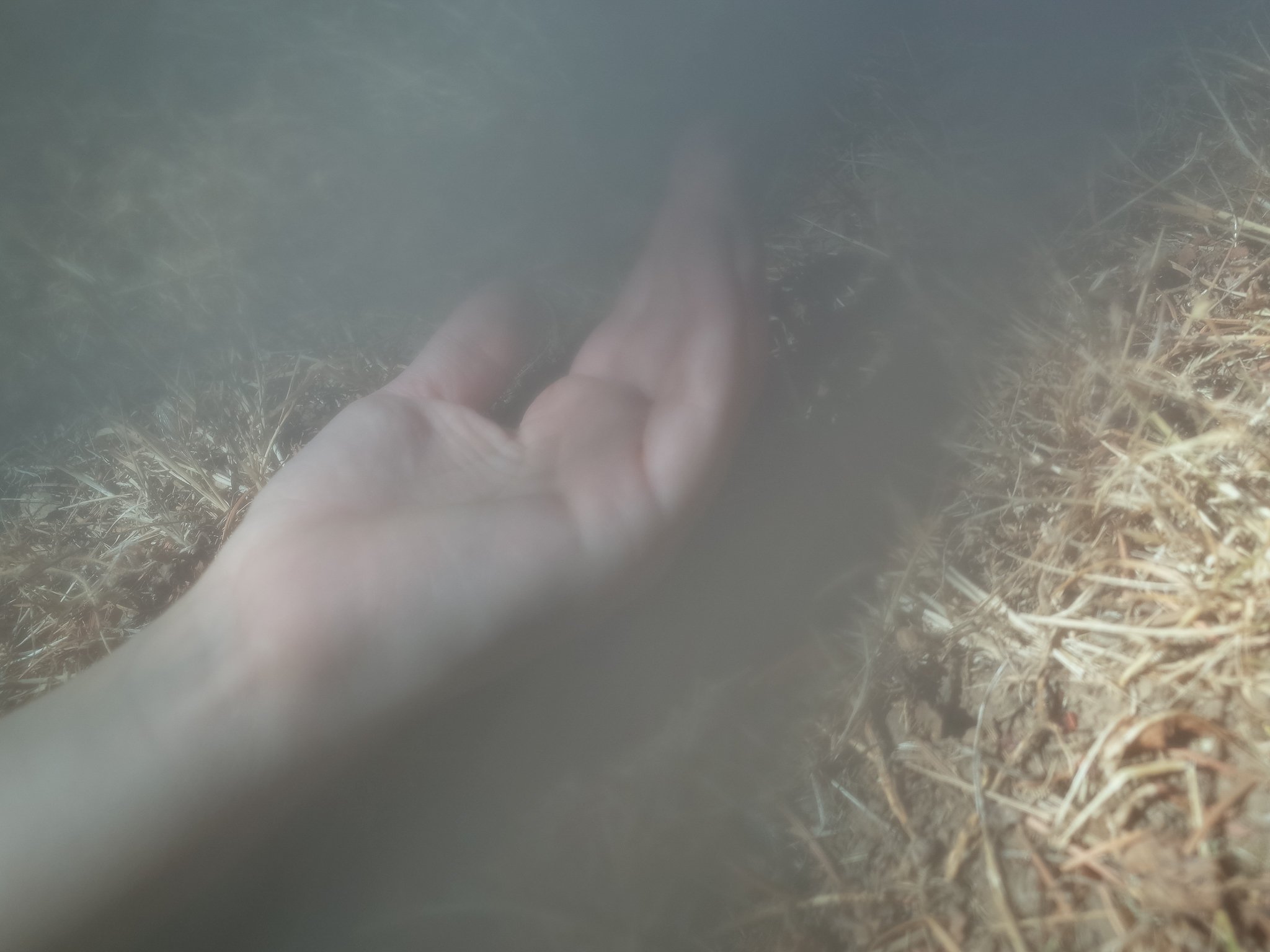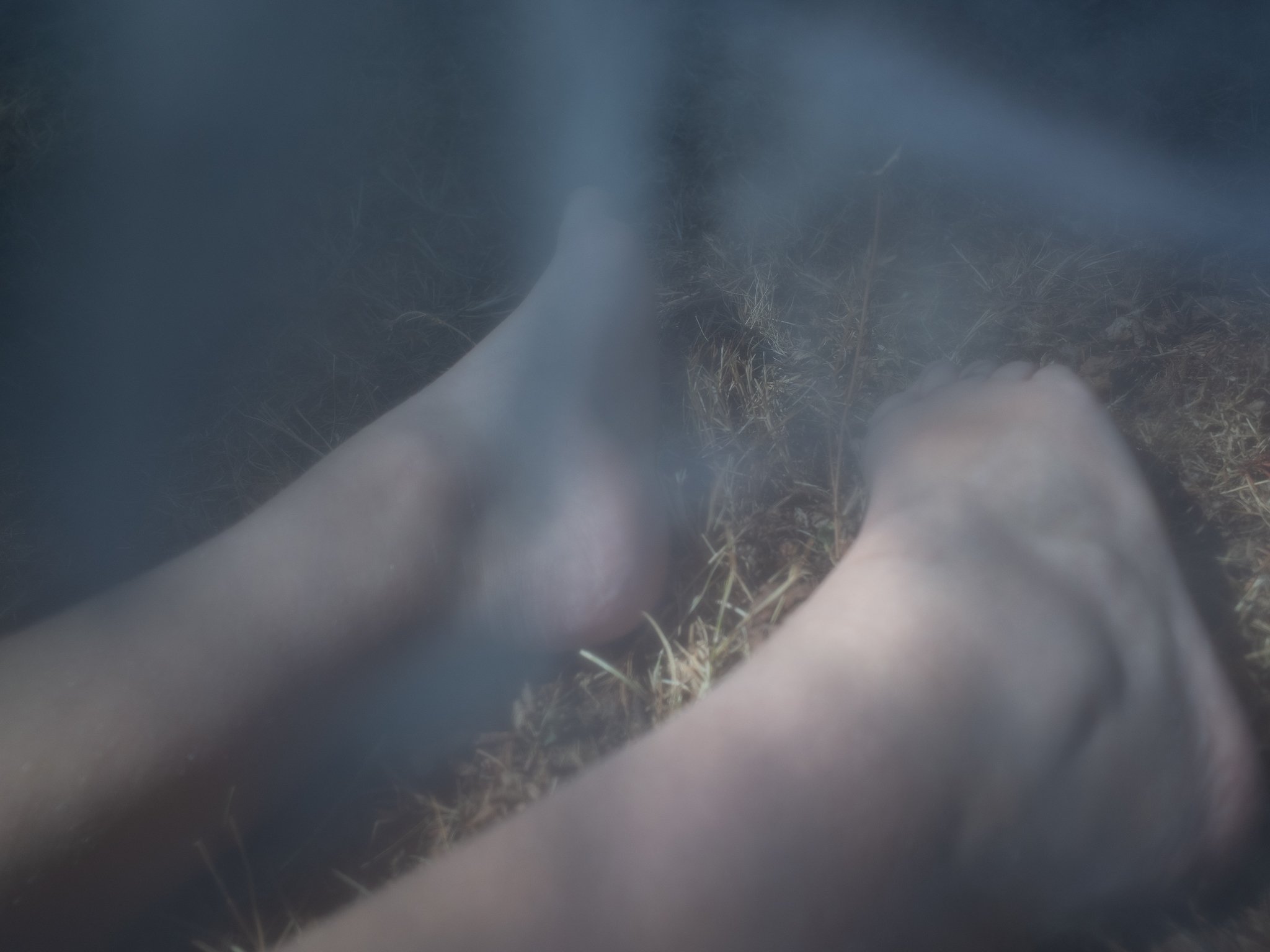Jane Bennett writes in Vibrant Matter: the Political Ecology of Things that the concept of entelechy “does not vary from person to person; it is not a unique soul, but neither does it vary across organisms. It is, rather the immanent vitality flowing across all living bodies…constrained by the materiality that it must inhabit.” These explorations intersect matter and nature, inorganic and organic, and human encounters with both.
“Meditation in the Anthropocene” (excerpt) returns to the tune, Kumbaya, a song I learned during my intense religious upbringing. The two opposing forces of used dryer sheets and Douglas Firs merge together as a hope offering for reconciliation. The song’s etymology traces back to a 1926 recording in Georgia by H. Wylie found here. However, Marvin V. Frey copyrighted the song in 1939 and claimed he based it off a prayer he heard from an evangelist in Oregon.
The series of images functions as a clandestine cynosure with a guarded sanguinity - that perhaps we can return to a semblance of what was - before unprecedented human-induced imprint on nature. Initial images explore a futuristic para-fiction titled, “How I Found You.” Later ecological investigations highlight Pacific Northwest plants and trees through a dryer sheet filter - to include: Douglas Firs (Pseudotsuga menziesii), Lady Fern (Athyrium filix-femina), Pacific Rhododendron (Rhododendron macrophyllum), Lichen (Lobaria oregana), and the Pacific Madrone (Arbutus menziesii).











